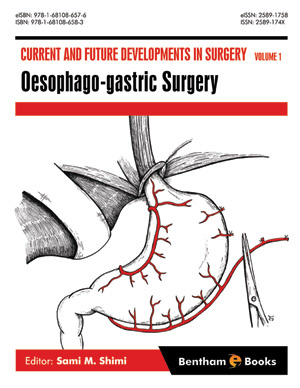Abstract
Pathological gastro-oesophageal reflux is multifactorial chronic disorder with increasing prevalence. Incompetence of the physiological anti-reflux mechanisms at the gastro-oesophageal junction results in this reflux and the cardinal symptoms are heartburn and regurgitation as well as a host of extra-oesophageal manifestations. Severe chronic GORD results in prolonged oesophageal acid exposure and to the development erosive esophagitis, deep ulcers, strictures and Barrett's oesophagus. The goal of treatment for GORD is to control symptom control, to heal any oesophagitis and to improve the quality of life. Acid suppression represents the mainstay of medical treatment for GORD. Proton pump inhibitors provide symptomatic relief and healing of erosive oesophagitis in over 80% of patients. Surgical intervention aims to provide a curative reconstruction of the anti-reflux barrier at the GOJ and should be considered in patients with continuing or drug-refractory GORD. Anti-reflux surgery has shown greater resolution of reflux symptoms and oesophagitis compared to medical therapy. Currently laparoscopic total or partial fundoplication is the gold standard for surgical intervention. The most common post-operative complications are gaseous bloating, dysphagia and diarrhoea. A number of novel therapies, such as the LINX and Esophyx, have shown promise in achieving good symptomatic relief by correcting pathological reflux and possessing a better side-effect profile than surgical fundoplication.
Keywords: GORD, Reflux, Hiatus hernia, Oesophagitis, Oesophageal strictures, pH metry, Impedance, Proton pump inhibitors, Fundoplication, Oesophageal lengthening.






















